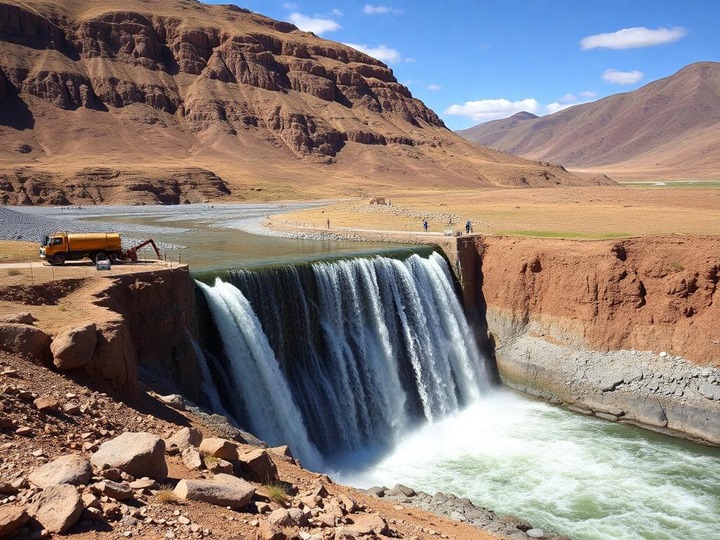Free-flowing rivers need to be protected from harmful financing
Large rivers without dams and other water infrastructure will receive additional protection from hydropower development: thanks to the efforts of the international ecological coalition “Rivers without Borders” and other non-governmental organizations, the Asian Development Bank has just included in its new socio-environmental policy the concept of “free-flowing rivers” as a designation of a water body of special ecological value.

Large free—flowing rivers, which are practically unaffected by human activity, are one of the rarest and most vulnerable ecosystems in the world, disappearing three times faster than forests. Today, river closures have become so widespread that only 21 rivers with a length of more than 1,000 kilometers remain uncluttered by dams all over the world, keeping in touch with the sea. As soon as the dam blocks the river, the most important processes are disrupted in it: sediment transportation, natural flow regime, fish migration – all this leads to degradation of river ecosystems.
Therefore, the allocation of special water bodies called “free flowing rivers” has become one of the key issues when discussing the new version of the socio-environmental policy of the Asian Development Bank (ADB) with non-governmental organizations. The ecological coalition “Rivers without Borders” (Rivers without Boundaries), together with their colleagues from the USA – the organizations International Rivers and Friends of the Earth (Friends of the Earth US), even released a special manual addressed to development banks last year – “Free–flowing rivers: protecting biodiversity from harmful financing.”
As a result, ADB agreed to recognize the ecological value of “free-flowing rivers” when deciding on project financing, albeit with some reservations. For example, bankers are ready to commit themselves to preserving the “free-flowing” river only if the river is free of dams for at least 500 km. In Central Asia, only one river falls under this criterion – the Panj on the border of Tajikistan and Afghanistan.
“The Panj River needs protection from unwise investments in the future,” says Yevgeny Simonov, international coordinator of the Rivers Without Borders environmental coalition. “For example, after the completion of the Rogun Dam in Tajikistan and the creation of the Kosh–Tepa canal in Afghanistan, World Bank experts recommend building large dams of the freely flowing Panj to save the lower reaches of the Amu Darya, threatened by large hydro projects, from a possible shortage of water.”
“I really hope that other international financial institutions will follow the example of the Asian Development Bank,” says Alexander Kolotov, Regional Director of the Rivers Without Borders Coalition for Central Asia. “We have already brought to the attention of the directors of the European Bank for Reconstruction and Development the need for special protection of free–flowing rivers, and we will continue this process with respect to other development banks, including Chinese ones.”
The new edition of the social and environmental policy of the Asian Development Bank, which assumes special attention to free-flowing rivers, will come into force on January 1, 2026.


